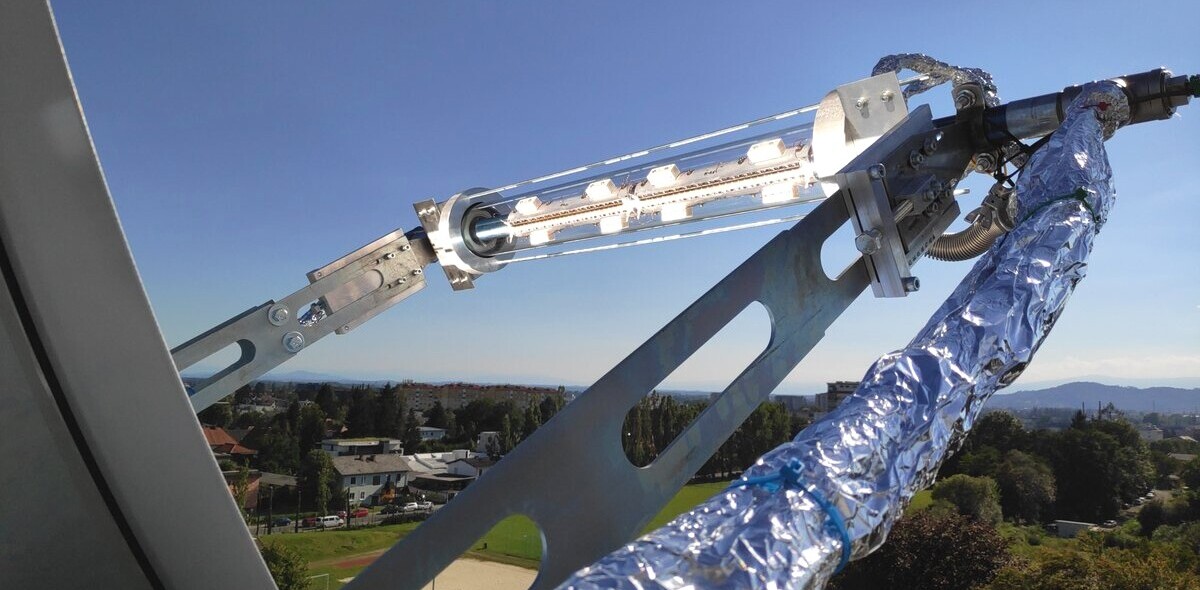A group of scientists used moths as inspiration to create a substance for screens that increases reliability (up to) 10x in any lighting condition. At long last, someone is doing something about the Sun.
Researchers at the University of Central Florida published the research in the scientific journal Optica. The project uses the lack of reflectivity in a moth’s eyes as the inspiration for a new kind of surface that is flexible, self-cleaning, and anti-reflective.
Their process involved creating a moth eye-like nanostructure fabricated by an imprinting process that places the anti-reflective compound onto a flexible substrate with a thin hard-coating film. What that means is everything is going to look better on your devices, even without changing the brightness settings.
In the following image the first two pictures are displayed on normal screens, the third uses the new moth’s eye nanostructure with the same same image.

You can easily see the increased sharpness and color with the new screen technology; it’s a clearer image all the way around.
My smartphone doesn’t respond well to changes in lighting. This is an issue that has become part of my daily routine, as I start reading news and checking emails around the same time the sun is coming up. I end up turning my brightness up and draining my battery before I even start working.
It’s not just my phone with the problem. I haven’t encountered a cellphone yet that doesn’t have a noticeable issue dealing with light changes. Whether the device is slow to respond, requires extra battery usage, or both – it’s a concern that affects almost anyone with a tablet or cellphone.
The data suggests that the new coating provides a four times increase in readability in direct sunlight, and a ten-times increase in indoors. It’s perfect for touch-screens because it’s super thin, and the hardened substance is flexible enough to bend around a pencil. The researchers also made the substance hydrophobic by adding a flouroalkyl coating.
This technology is going to leave you with a clean, smudge-free screen, that doesn’t force you to drain your battery if you want to read TNW on a park bench this summer.
Get the TNW newsletter
Get the most important tech news in your inbox each week.





